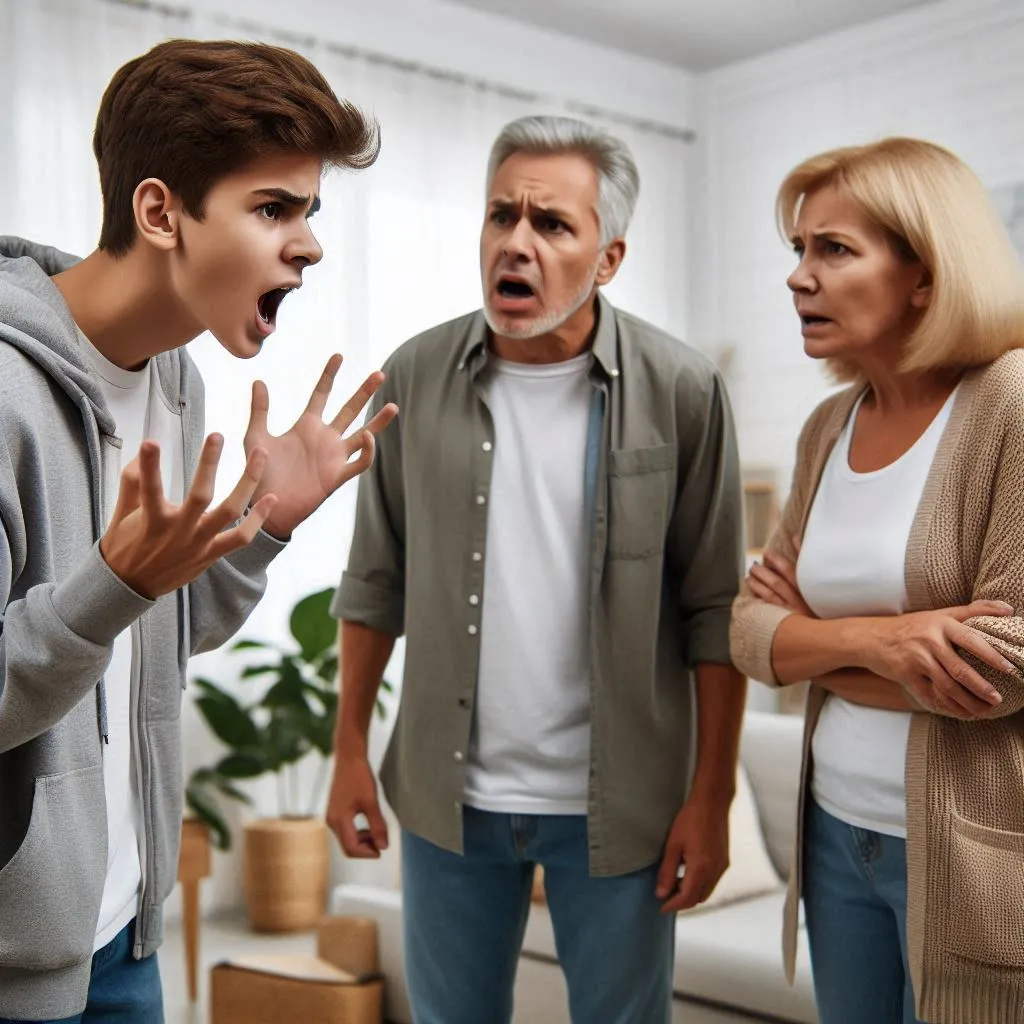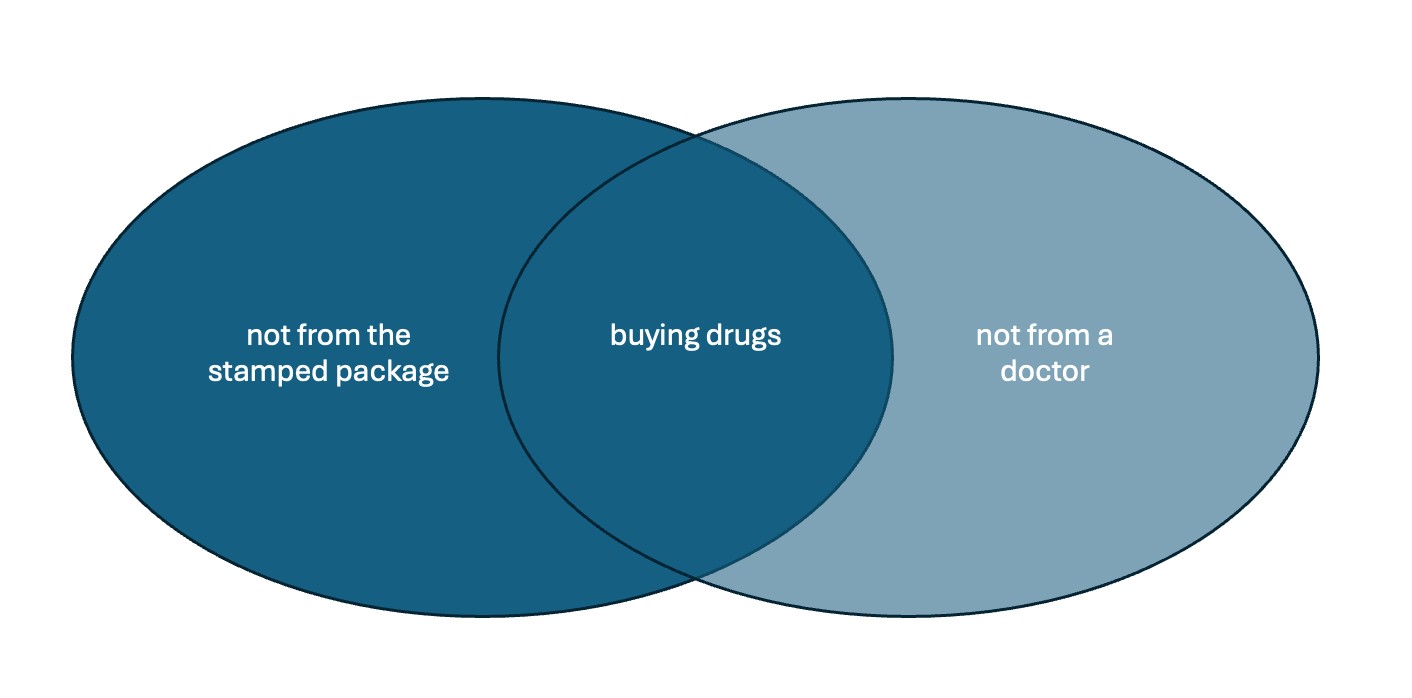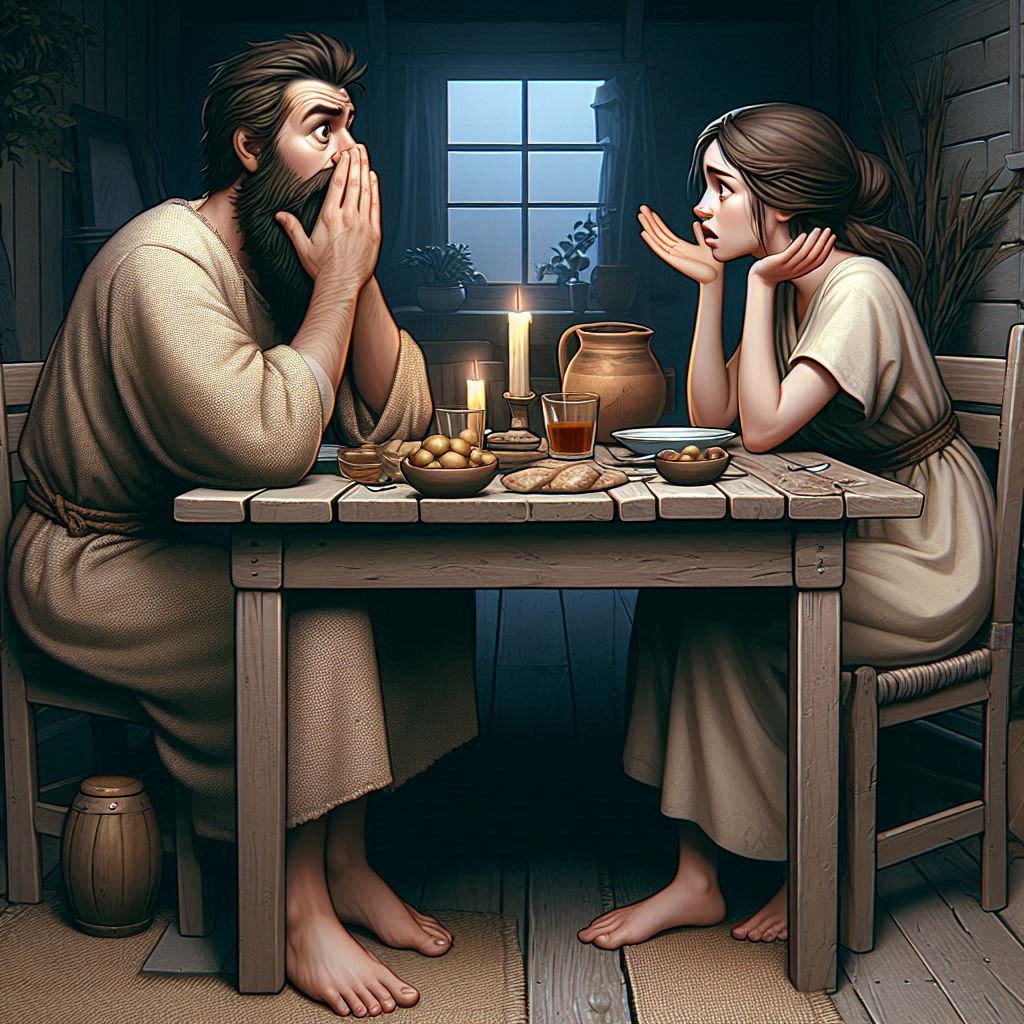We’re still running a few days ahead of the universal schedule given that I have a few days of solo parenting and soccer league chaperoning ahead of me, and I don’t want any of you to fall behind. I have to say, reading and fully understanding all the twists and turns in each and every talmud page is a lot of work, and it’s amply clear to me what keeps all those Ultra-Orthodox yeshiva bochers busy all day long. I also have newfound appreciation for Orthodox podcasters who deliver fifteen-minute daf commentaries. Listening to the podcasts is like watching paint dry–nay, like listening to paint dry–but the person pre-digests the page for you so you don’t have to and there is real intellectual labor that goes into the product. Our project, though, is different–we’re following the things that are interesting, educational, and relevant to fostering a culture of logic and debate, and setting aside things that are better off tucked away in the Sixth century where they belong. There’s a little bit of both in today’s portion, but on the upside, we’re finishing the Rebellious Son sugiyah today–our second full, completed sugiyah! I even have a sticker for you, but you’ll have to follow along till the end of the post.
In keeping with the Minority Report, karmic-preserving preemptive killing theme from yesterday, the mishna that the sages are commenting on specifies that there are a few criminals for whom we “do the favor” of killing them before they complete their crime, so that they die as (still) righteous people:
מַתְנִי׳ וְאֵלּוּ הֵן שֶׁמַּצִּילִין אוֹתָן בְּנַפְשָׁן: הָרוֹדֵף אַחַר חֲבֵירוֹ לְהׇרְגוֹ, וְאַחַר הַזָּכָר, וְאַחַר הַנַּעֲרָה הַמְאוֹרָסָה. אֲבָל הָרוֹדֵף אַחַר בְּהֵמָה, וְהַמְחַלֵּל אֶת הַשַּׁבָּת, וְעוֹבֵד עֲבוֹדָה זָרָה – אֵין מַצִּילִין אוֹתָן בְּנַפְשָׁן
You may kills those who pursue others to murder or rape them, but not for those who chase animals, violate the Sabbath, or worship idols. But why? I’m not entirely clear whether the gemara is invested in the “defense of others” affirmative defense, which allows you to kill A to save B from death or from rape, or whether this is another iteration of the preemptive karma-saving principle from b.Sanhedrin 72, where you kill A preemptively to save his soul from dying a killer or a rapist. Either way, the example the sages give is what you would do for a friend who is drowning, dragged by an animal, or mugged by criminals; there’s an obligation to rescue in such situations; this is the precursor to the Good Samaritan story, if you will, and to many Good Samaritan laws in modern jurisdictions.
If we buy the straightforward idea that the permission to kill is in order to save the victim, that explains why the gemara requires the rescuer to even hire help to do the rescuing. But that doesn’t explain why, in the next verse, someone proposes that the permission to kill is not given when rescuing, say, a widow from a High Priest (which is not a mortal sin but a mere prohibition). Is it because the latter scenario is not a threat to the widow? Or is it because the High Priest’s soul doesn’t need karmic saving by killing? In any case, you’ll be relieved to know that the sages specify that you must rescue from rape not only men, but also women (lest you think, they helpfully explain, that raping women is “the natural way” and thus not a dire victimization scenario. Ugh.) You’d think that, given that the rescue obligation exists with regard to both male and female victims, the misnah would not need to specify both cases; however, given that the intent is to prohibit killing people who, say, merely worship idols to preemptively save their karma, they do need to specify the cases in which they do grant permission.
I also find it notable that Rabbi Yehuda requires using force to save the girl even if she says, “leave [my attacker] be,” because she’s likely saying that שֶׁלֹּא יַהַרְגֶנָּה, so that he doesn’t kill her–they recognize various scenarios that victims might experience: trying to fight back, or fearing for one’s life so much that you don’t dare fight back. And it’s even more notable that, at least in the case of this page, all of these sentiments seem legitimate to the sages. Still, we’ll leave some of their less enlightened commentary behind, and move on.
Another issue has to do with the proportionality of force. Abaye presents the possibility that the victim can be saved through merely injuring, rather than killing the victim. And Rabbi Yonatan ben Shaul even pushes things further: if such a rescue is possible, and the rescuer nonetheless uses excessive force and kills the attacker, the rescuer is liable for murder. This idea is captured in modern criminal law theory as imperfect self defense.
Another interesting idea is the question of a serious charge subsuming a less serious one. If the pursuer, who is punishable by death, also breaks some dishes in his pursuit, they don’t require him to pay the fine, because the murder or rape far eclipse the monetary value. You’ll be happy to know that, if the pursued party breaks some dishes of the pursuer in fleeing for their life, they are not liable–though if they break dishes of a third party they do need to pay, which seems a bit petty under the circumstances, n’est ces pas?
The last idea I want to discuss has to do with the term יֵהָרֵג וְאַל יַעֲבוֹר (“he shall be killed and not transgress”), which is applied here to some biblical prohibitions but not to others. In modern colloquial Hebrew, this turn of phrase is used to specify laws that prohibit very serious crimes, and the intent is similar here, though there’s a semantic twist that seems important: the idea is that the transgressor himself, on some karmic level, would prefer to be killed than to suffer the disgrace of the transgression (of committing a murder or a rape). This ties some loose ends to the notion of preemptive punishment.
The imagined world of transgressors in this section is interesting to me. It reminds me of the tragic, tortured origin stories that Marvel Comics villains have so often; many of these tropes imply that the villainy stems from some sort of tortured death wish or a desire to get caught–there’s almost relief when they get shipped to the Arkham Institute for the Criminally Insane or somesuch. Is this a deep recognition that “hurt people hurt people”? Or that, ultimately, even those who experience the might of a punitive system desire it in some way?
Well done, folks! We’ve just finished the sugiyah of the rebellious son. We learned how laws that cannot be abolished can be interpreted to within an inch of their existence to practically sabotage their enforceability, and also how various theories of punishment, assumptions about compassion and relationships, and obligations to save others play into rabbinic legal logic.
Whenever my son’s soccer or gymnastics class is over, he gets a sticker, which I think is a nice way to celebrate accomplishments, so from now on, whenever we finish a sugiyah, you all get a sticker!














